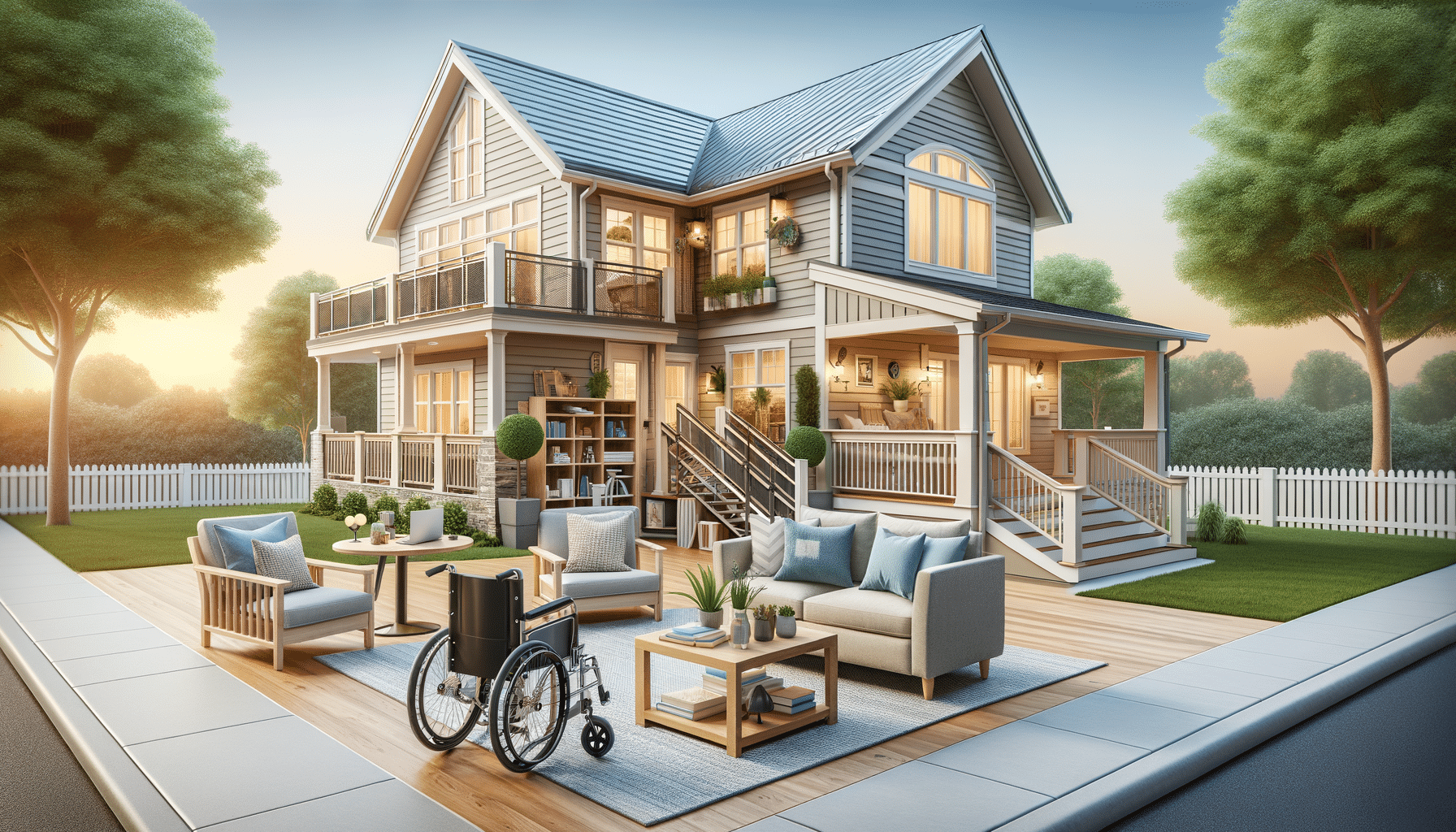
Designing Spaces That Work: Options for More Accessible Homes
Introduction to Accessible Home Design
As the population ages and awareness of diverse mobility needs grows, the demand for accessible home modifications has increased significantly. These modifications not only enhance the quality of life for individuals with mobility challenges but also ensure that homes remain functional and comfortable as residents age. From wheelchair accessible home modifications to aging in place home design and ADA compliant house upgrades, there are numerous ways to make a home more accommodating. This article explores these options, providing insights into how these modifications can transform living spaces into safe and welcoming environments.
Wheelchair Accessible Home Modifications
Creating a wheelchair-friendly home involves several thoughtful modifications that ensure ease of movement and accessibility. One of the primary changes is the installation of ramps at entry points, replacing or supplementing stairs. This allows for smooth transitions from outdoor to indoor spaces. Additionally, widening doorways and hallways is essential to accommodate the width of a wheelchair, ensuring that individuals can move freely throughout the home.
Inside the home, adjustments such as lowering countertops and sinks in the kitchen and bathroom can make daily tasks more manageable. Lever-style door handles and faucets are also recommended, as they are easier to operate for individuals with limited hand strength. Furthermore, installing grab bars in the bathroom and opting for a roll-in shower design enhances safety and independence.
These modifications not only benefit wheelchair users but can also be advantageous for others, such as parents with strollers or individuals recovering from surgery. By implementing these changes, homes become more inclusive, catering to a wider range of needs and ensuring that all residents can navigate their environment with ease.
Aging in Place Home Design
Aging in place is a concept that focuses on allowing individuals to remain in their homes as they grow older, rather than moving to assisted living facilities. This approach requires careful planning and design to address the evolving needs of older adults. Key elements of aging in place home design include creating a single-level living space to eliminate the need for stairs, which can become challenging with age.
Incorporating open floor plans is another effective strategy, as it enhances mobility and reduces potential hazards. Adequate lighting is crucial, as vision may deteriorate with age, and well-lit spaces help prevent accidents. Non-slip flooring materials should be used throughout the home to minimize the risk of falls, a common concern for older adults.
Moreover, technology plays a significant role in aging in place. Smart home devices, such as voice-activated assistants and automated lighting, can provide added convenience and security. By integrating these features, homes become adaptable to the changing needs of their residents, allowing them to maintain independence and comfort for as long as possible.
ADA Compliant House Upgrades
The Americans with Disabilities Act (ADA) sets standards for accessible design, ensuring that public spaces and private homes are usable by individuals with disabilities. While ADA compliance is mandatory for public buildings, it also serves as a valuable guideline for private residences seeking to enhance accessibility.
One of the fundamental aspects of ADA compliance is ensuring that all areas of the home are accessible to individuals with mobility aids. This includes installing ramps or lifts, ensuring doorways are wide enough for wheelchairs, and providing adequate turning space in rooms. Bathrooms should feature grab bars, roll-in showers, and accessible toilets to meet ADA standards.
In addition to physical modifications, ADA compliance also considers the usability of home technology. For example, installing accessible light switches and thermostats at lower heights can make them more reachable for individuals in wheelchairs. By following ADA guidelines, homeowners can create spaces that are not only legally compliant but also welcoming and functional for everyone.
Conclusion: Creating Inclusive Living Spaces
Incorporating accessibility features into home design is not just about meeting legal requirements; it is about creating environments that accommodate the diverse needs of all residents. Whether through wheelchair accessible home modifications, aging in place design, or ADA compliant upgrades, these changes ensure that homes remain safe, comfortable, and functional for everyone.
By planning ahead and implementing these modifications, homeowners can enhance the quality of life for themselves and their loved ones, making their living spaces truly inclusive. As you consider these options, remember that the goal is to create a home that supports independence and dignity, regardless of age or ability. With thoughtful design and careful planning, accessible homes can become a reality for all.


